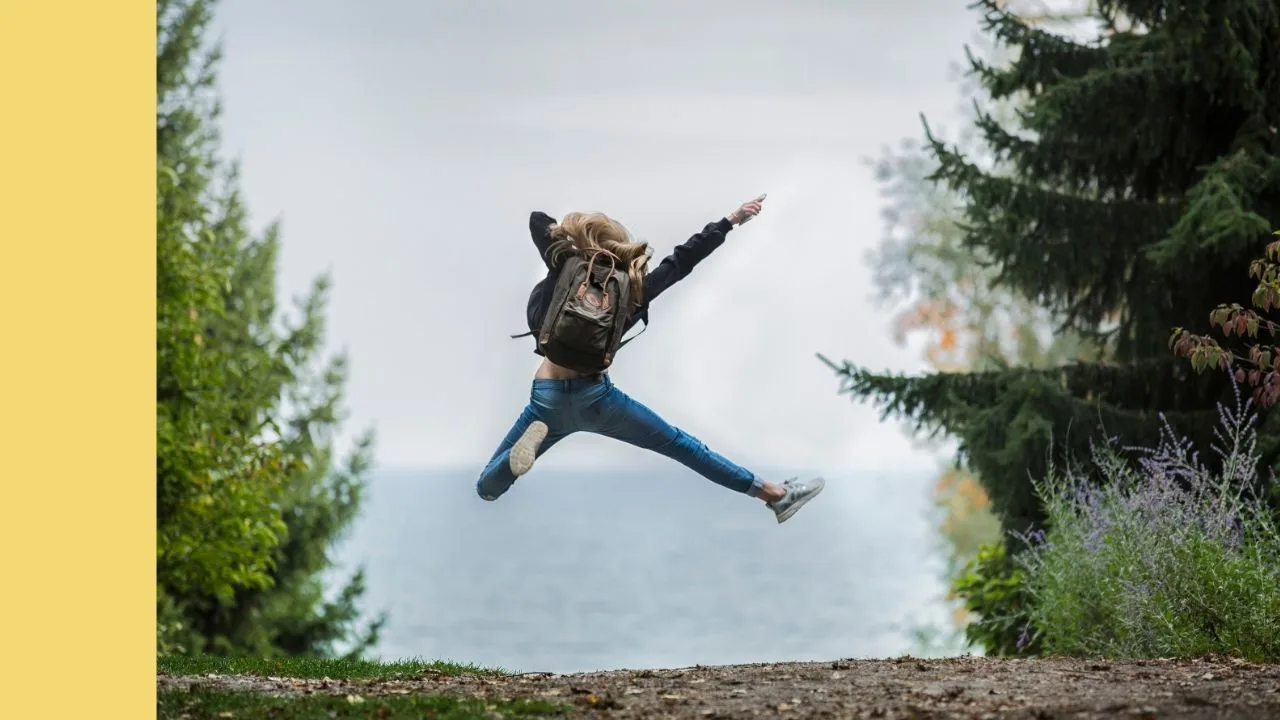REA share price in focus
Founded in 1995, REA Group is a Melbourne-based real estate advertising company that is majority-owned by News Corp. In Australia, it’s best known for its Realestate.com.au platform.
REA Group operates on a global scale and now operates property websites in around 10 countries used by some 20,000 agents. In a typical month, the core Australian website gets over 55 million visits. While the business has diversified globally, Australian operations still account for the lion’s share of revenue. Within Australia, REA makes money by listing properties for sale or rent (i.e. the agent uses REA’s website to show properties, which the property owner is on the hook to pay). It also makes money from financial services (e.g. mortgage broking), but this is a much smaller part of the business.
The competitive advantge that REA has is the same as any other established platform: network effects and economies of scale. In other words, Domain (the #2 player) is meaningfully behind REA in users and views, which means REA can continue to control pricing and market dynamics. REA also benefits from owning assets across all parts of real estate, including listing, advertising, mortgage broking, and house sharing.
Let’s talk profits
If you’ve ever tried reading a company’s income statement on the annual report, you’ll know just how complex it can get. While there are any number of ways you could slice up the statement, three key figures are revenue, gross margin, and profit.
Revenue is important for obvious reasons – everything else (profit, margins, return on equity etc.) is downstream of a company’s ability to generate sales and revenue. What we’re looking for is not so much the absolute number, but the trend. REA last reported an annual revenue of $1,677m with a compound annual growth rate (CAGR) over the last 3 years of 18.6% per year.
The next thing we’ll want to consider is the gross margin. The gross margin tells us how profitable the core products/services are – before you take into account all the overhead costs, how much money does the company make from selling $100 worth of goods? REA’s latest reported gross margin was 64.3%.
Finally, we get to profit, the real headline number. Last financial year Rea Group Ltd reported a profit of $303m. That compares to 3 years ago when they made a profit of $323m, representing a CAGR of -2.1%.
A pulse check on REA shares
Next, we could consider the capital health of the company. What we’re trying to work out is whether the company is generating a reasonable return on their equity (the total shareholder value) and whether they have a good safety buffer. One important measure to consider is net debt. This is simply the total debt minus the company’s cash holdings.
In the case of REA, the current net debt sits at -$62m. A high number here means that a company has a lot of debt which potentially means higher interest payments, greater instability, and higher sensitivity to interest rates. A negative value on the other hand indicates the company has more cash than debt, which can be seen as good (a big safety buffer) or bad (inefficient capital allocation).
Another figure we can look at is the debt/equity percentage. This tells us how much debt the company has relative to shareholder ownership. In other words, how leveraged is the company? Rea Group Ltd has a debt/equity ratio of 17.8%, which means they have more equity than debt.
Finally, we can look at the return on equity (ROE). The ROE tells us how much profit a company is generating as a percentage of its total equity – high numbers indicate the company is allocating capital efficiently and generating value, while a low number suggests that company growth may be starting to slow. REA generated an ROE of 18.9% in FY23.
What to make of REA shares?
As a growth company, one way to put a general prediction on the REA share price could be to compare its price-to-sales multiple over time. Currently, Rea Group Ltd shares have a price-sales ratio of 17.17x, compared to its 5-year average of 17.41x, meaning its shares are trading below their historical average. This could mean that the share price has fallen, or sales have increased, or both. In the case of REA, revenue has been growing over the last 3 years. Please keep in mind that context is important – and this is just one valuation technique. Investment decisions can’t just be based on one metric.
The Rask websites offer free online investing courses, created by analysts explaining things like Discounted Cash Flow (DCF) and Dividend Discount Models (DDM). They even include free valuation spreadsheets! Both of these models would be a better way to value the REA share price.










